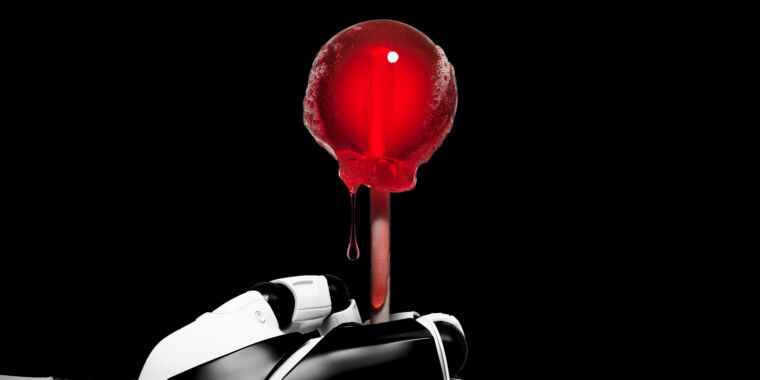New Mexico is seeking an injunction to permanently block Snap from practices allegedly harming kids. That includes a halt on advertising Snapchat as “more private” or “less permanent” due to the alleged “core design problem” and “inherent danger” of Snap’s disappearing messages. The state’s complaint noted that the FBI has said that “Snapchat is the preferred app by criminals because its design features provide a false sense of security to the victim that their photos will disappear and not be screenshotted.”



When the “AI artwork” is made for the specific purpose of representing underage children and is indistinguishable from the real thing, that argument is going to get flattened pretty quickly.
Pretty easy to present a couple pages to a jury of kids pictures (not nude) and say “tell us which ones were AI”.
Well that’s not how the law works. A jury wouldn’t decide that. They don’t get to say “close enough for fake to be real” because real has a name and fake doesn’t have a name.
The crime is possessing a photo of a thing that happened. A real person was abused. The fake image, like a realistic painting of a fictional event, does not actually involve a person getting hurt.
Let me set up a situation: A person creates a very realistic, but fake, video. They first have the character walk onto the screen in a wireframe. Then, the animation begins to build on texture and now we have a person on a green background. They look real, but we know for sure it’s not real. Then the background enters in the same way. Now the video appears to be real, but… we know it’s not. Just like movie, those are just special effects even if it looks pretty believable.
The crime is a documented event of someone being hurt. If there was a video of a person actually killing a person, that video could be considered evidence of a crime. But if that event was staged as part of a video intended as entertainment, there is no crime and that video isn’t real.
Of course, the topic of child abuse is difficult to talk about. One may make the statement that fake images lead people to the real thing, and that would encourage people to do bad things. Well, they said the same thing about video games—so we would obviously need to apply the same laws to them. Movies and books about crimes could also encourage people to commit crimes, so those need to be banned entirely, and my huge collection of horror movies could put me in jail for life.
The line becomes impossible to draw.